Category: Python
-

Introduction toPython
Programming languages serve as the foundation for creating software, applications, and websites. Each language has its syntax, rules, and purpose. In this post, we’ll delve into Python, one of the most popular and versatile programming languages today. What is Python? Python is an interpreted, high-level programming language known for its simplicity and readability. It was […]
-
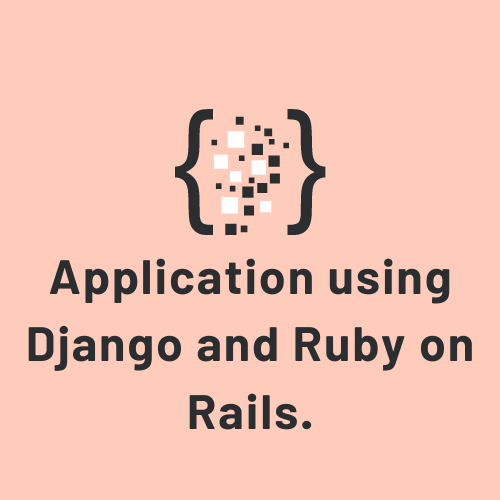
Basic “Hello, World!” application using Django and Ruby on Rails.
Django Example: pip install django django-admin startproject hello_django cd hello_django python manage.py startapp hello_app from django.http import HttpResponse def hello(request): return HttpResponse("Hello, Django!") from django.urls import path from hello_app import views urlpatterns = [ path('', views.hello, name='hello'), ] python manage.py runserver Ruby on Rails Example: gem install rails rails new hello_rails cd hello_rails rails generate […]
-
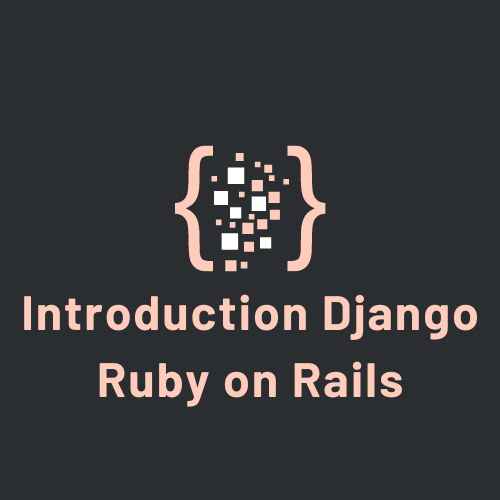
Introduction Django Ruby on Rails
Introduction Web development frameworks provide developers with tools and libraries to streamline the process of building web applications. Among the most popular frameworks are Django and Ruby on Rails, both renowned for their efficiency, scalability, and ease of use. In this guide, we’ll explore the key features and benefits of Django and Ruby on Rails, […]
-

Object-Oriented Programming Concepts
Introduction Object-Oriented Programming (OOP) is a programming paradigm that revolves around the concept of “objects,” which encapsulate data and behavior. OOP promotes the organization of code into modular units, making it easier to understand, maintain, and scale software applications. In this guide, we’ll delve into the fundamental concepts of OOP, including classes, objects, inheritance, polymorphism, […]
-
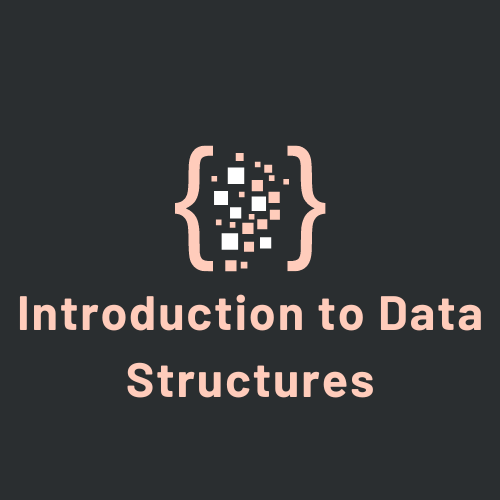
Introduction to Data Structures
Introduction In the realm of computer science and programming, data structures serve as the foundational building blocks upon which efficient algorithms are constructed. Understanding data structures is fundamental for any aspiring programmer or software engineer, as they play a crucial role in organizing and manipulating data efficiently. This introductory guide aims to provide a comprehensive […]
-

One-Liners: Short and Powerful Python Code Snippets
Certainly! Here are some short and powerful Python code snippets, often referred to as “one-liners,” that showcase the versatility and elegance of the language: a, b = b, a max_value = max(my_list) squared_numbers = [x ** 2 for x in numbers] is_palindrome = word == word[::-1] count = my_list.count(element) most_common = max(my_list, key=my_list.count) even_numbers = […]
-

Efficient Error Handling in Python: Using Try, Except, and Finally
Efficient error handling is crucial in any programming language to ensure that your code can gracefully handle unexpected situations and failures. In Python, you can achieve this using the try, except, and finally blocks. Here’s a guide to using them effectively: 1. try, except Blocks: The try block encloses the code that you expect might […]
-
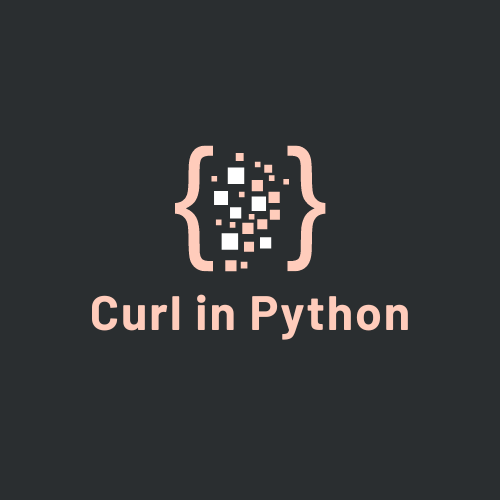
Example for Using Curl in Python
Certainly! Here’s an example of how you can use the requests library in Python to make an HTTP GET request to a remote server: import requests # URL to make the GET request to url = 'https://api.example.com/data' # Replace with the actual URL # Make the GET request using the requests library response = requests.get(url) […]
Recent Posts
- Mastering Eloquent ORM in Laravel

- Advanced Laravel: Middleware and Service Providers

- Laravel Blade Templating Engine: A Beginner’s Guide

- Building RESTful APIs with Laravel
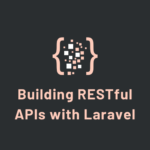
- The PHP Framework for Web Artisans
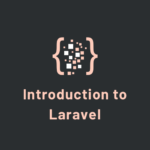
Tags
Add Advanced AI and API application Builders code Concepts CSS Curl Database Django Eloquent Example Execution Facebook Faster for Google How html in Introduction laravel Login ObjectOriented on PHP Programming Project Python Rails Ruby Simple Site Smart Socialite Speedier to tricks Using Web Development with World!"

That is very interesting, You're ann excessively skilled blogger. I have joined your feed and look forward to in the…